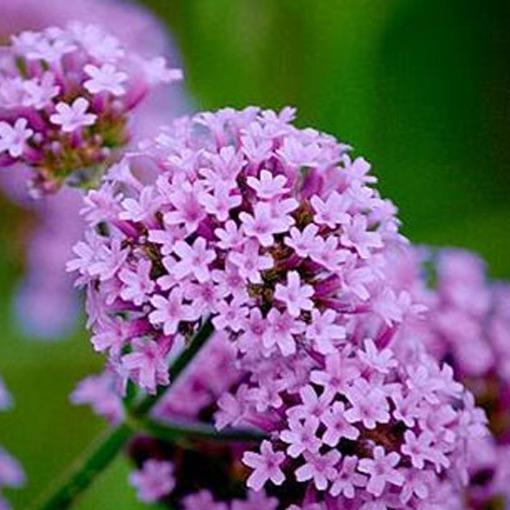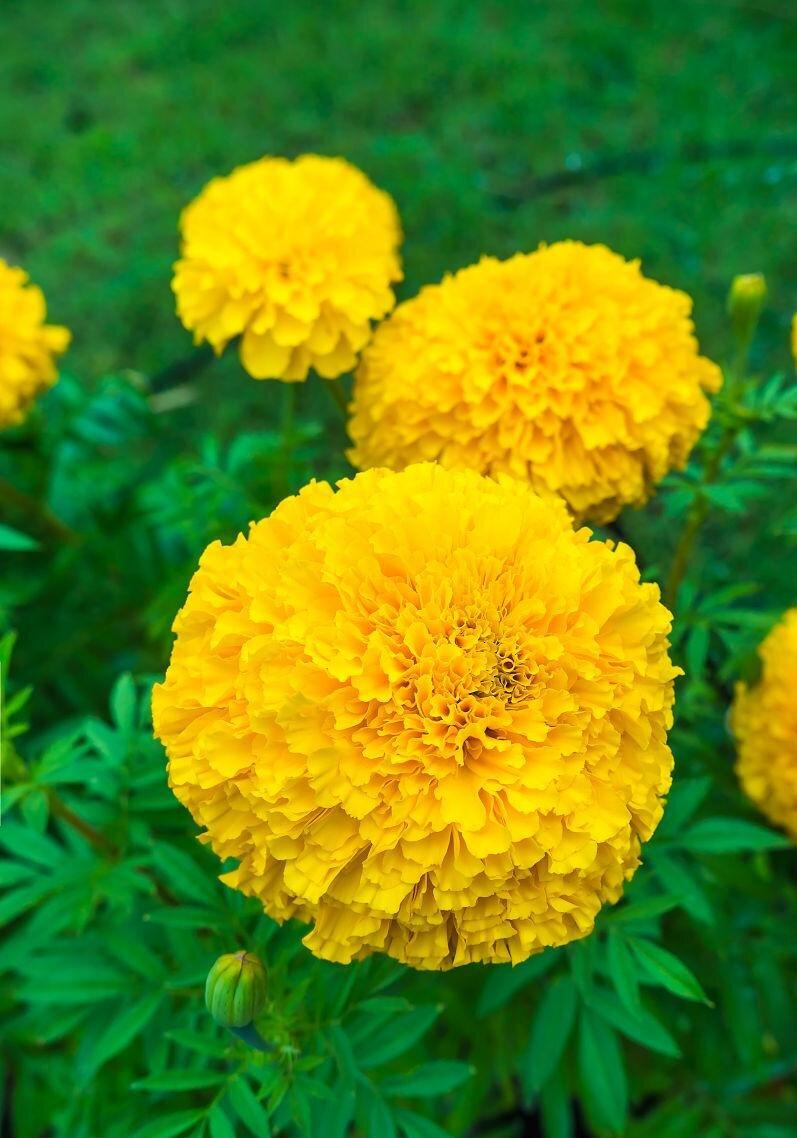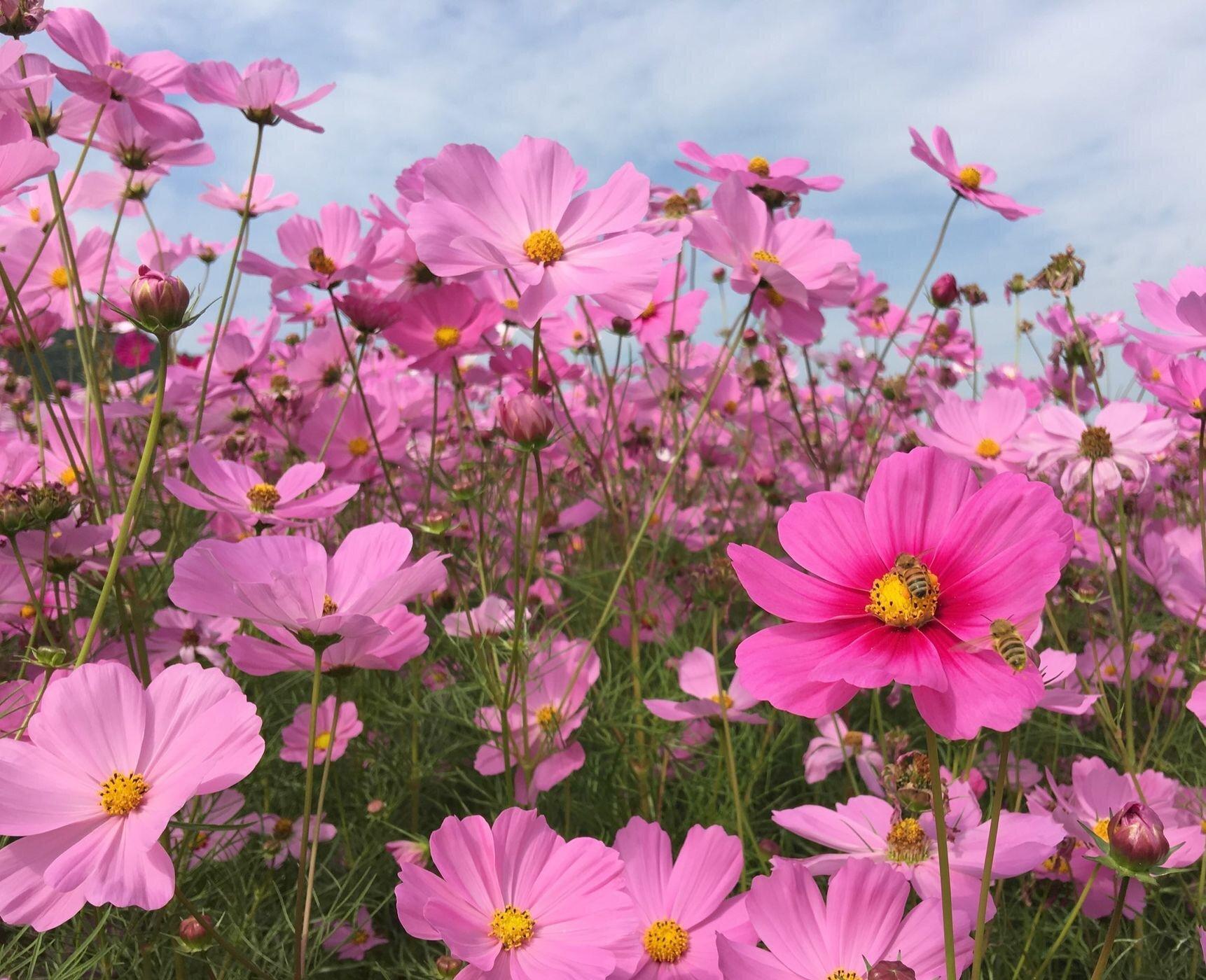Canna plants, also known as Canna lilies, have an interesting history. Originally from tropical regions, they are part of the Cannaceae family. These vibrant and colorful flowers were introduced to Europe and North America in the early 19th century.
Legend has it that they were used as a form of communication during war times. Warriors would send secret messages by hiding them inside rolled-up Canna leaves. The recipient would decode the message by carefully unrolling the leaf and reading the hidden words.
Today, Canna plants continue to captivate with their stunning blooms and unique foliage. Their ability to survive in various climates and adaptability to different soil types make them a favorite among gardeners worldwide. Whether it’s their fascinating past or their striking beauty, Canna plants never fail to amaze.
Picture
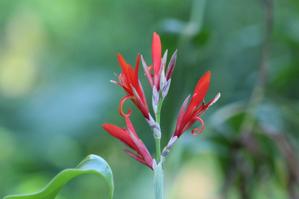
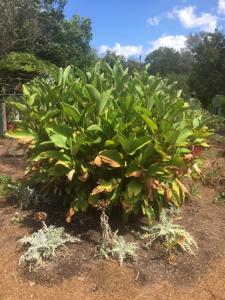
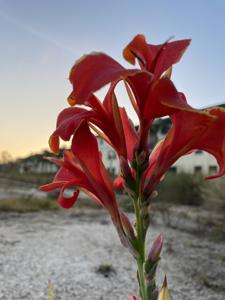
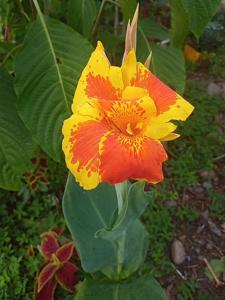
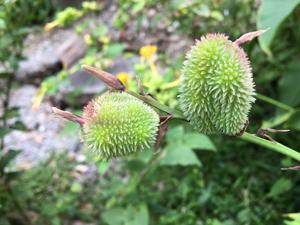
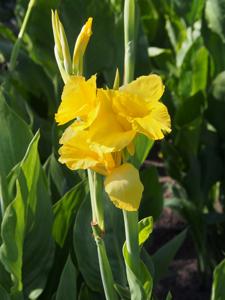
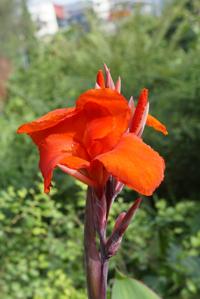
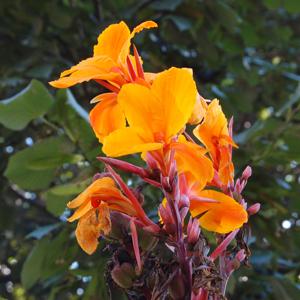
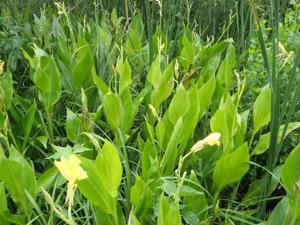
Plant some seeds now!
Short Description
Canna or canna lily is the only genus of flowering plants in the family Cannaceae, consisting of 10 species. All of the genus’s species are native to the American tropics and naturalized in Europe, India and Africa in the 1860s. Although they grow native to the tropics, most cultivars have been developed in temperate climates and are easy to grow in most countries of the world, as long as they receive at least 6–8 hours average sunlight during the summer, and are moved to a warm location for the winter. See the Canna cultivar gallery for photographs of Canna cultivars.
Cannas are not true lilies, but have been assigned by the APG II system of 2003 to the order Zingiberales in the monocot clade Commelinids, together with their closest relatives, the gingers, spiral gingers, bananas, arrowroots, heliconias, and birds of paradise.
The plants have large foliage, so horticulturists have developed selected forms as large-flowered garden plants. Cannas are also used in agriculture as a source of starch for human and animal consumption. C. indica and C. glauca have been grown into many cultivars in India and Africa.
Description
Canna (foliage group) ‘Auguste Ferrier’
The plants are large tropical and subtropical herbaceous perennials with a rhizomatous rootstock. The broad, flat, alternate leaves that are such a feature of these plants, grow out of a stem in a long, narrow roll and then unfurl. The leaves are typically solid green, but some cultivars have glaucose, brownish, maroon, or even variegated leaves.
The flowers are asymmetric and composed of three sepals and three petals that are small, inconspicuous, and hidden under extravagant stamens. What appear to be petals are the highly modified stamens or staminodes. The staminodes number (1–) 3 (–4) (with at least one staminodal member called the labellum, always being present. A specialized staminode, the stamen, bears pollen from a half-anther. A somewhat narrower “petal” is the pistil, which is connected down to a three-chambered ovary.
Cultivation
Canna (miniature group) ‘Oberon’
Cannas grow best in full sun with moderate water in well-drained, rich or sandy soil. They grow from perennial rhizomes, but are frequently grown as annuals in temperate zones for an exotic or tropical look in the garden. In arid regions, cannas are often grown in the water garden, with the lower inch of pot submerged. In all areas, high winds tear the leaves, so shelter is advised.
The rhizomes are sensitive to frost and will rot if left unprotected in freezing conditions. In areas with winter temperatures below −10 °C (14 °F) in the winter (< USDA Zone 8b), the rhizomes can be dug up before freezing and stored (above 7 °C or 45 °F) for replanting in the spring. Otherwise, they should be protected by a thick layer of mulch over winter.

